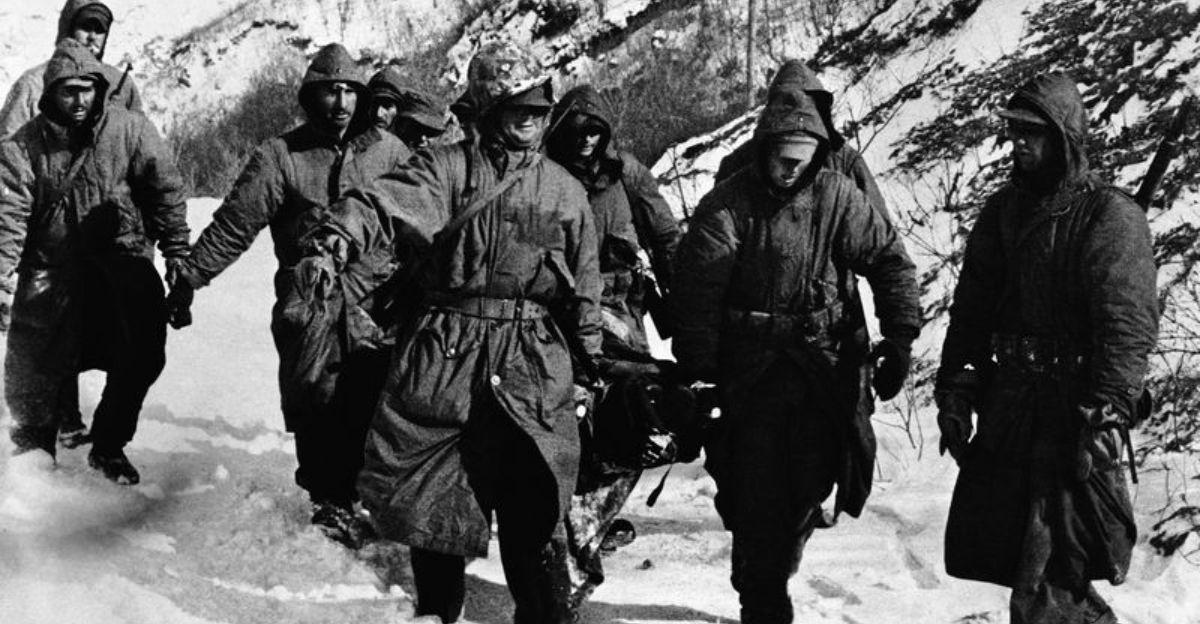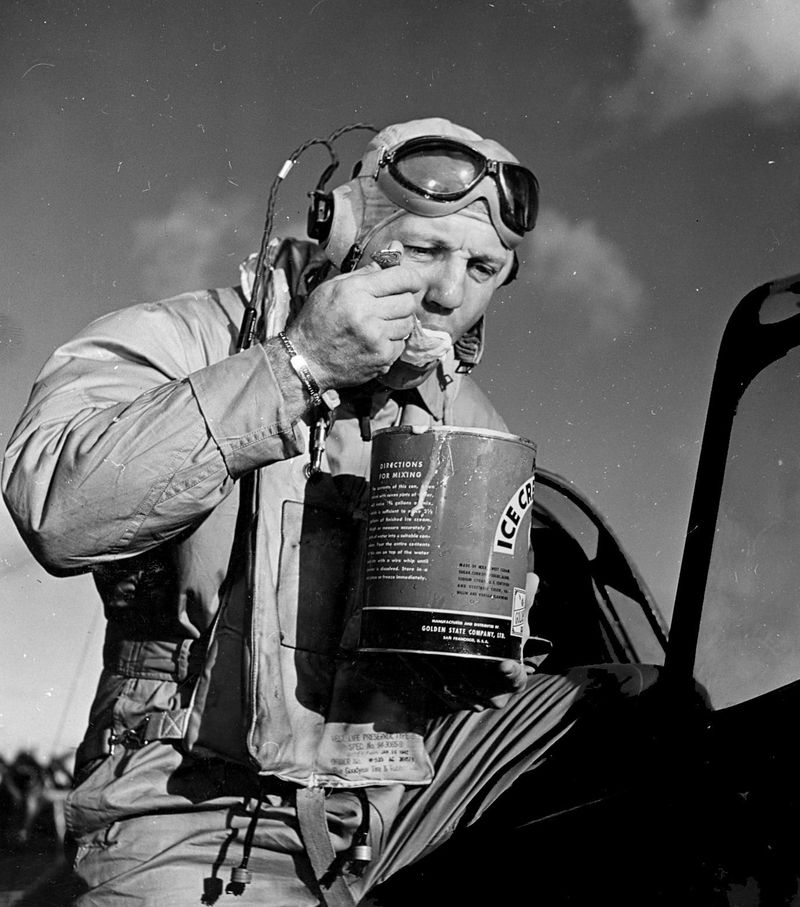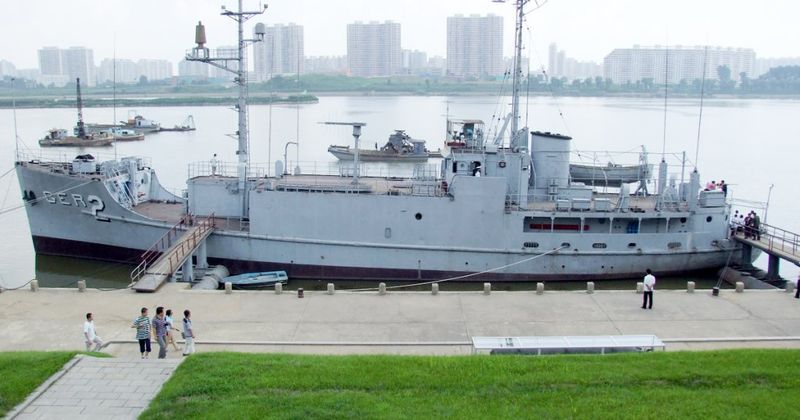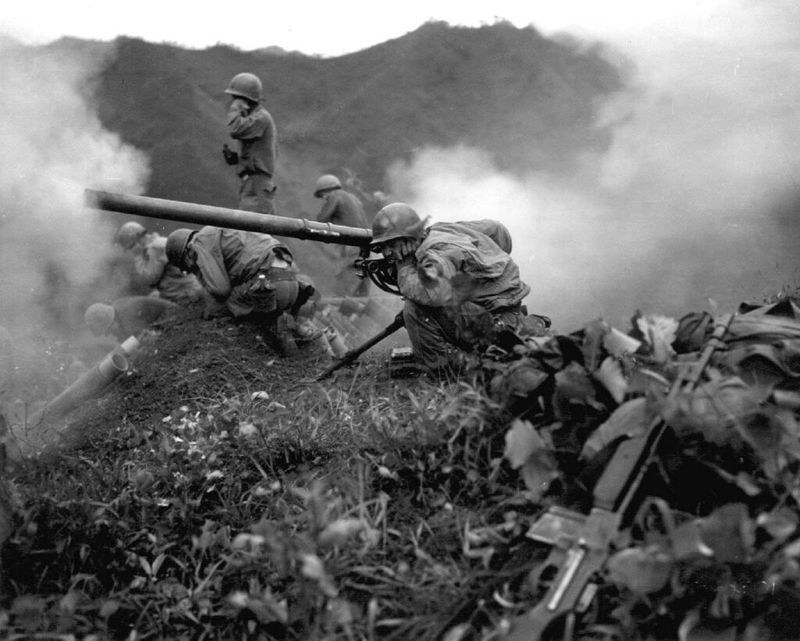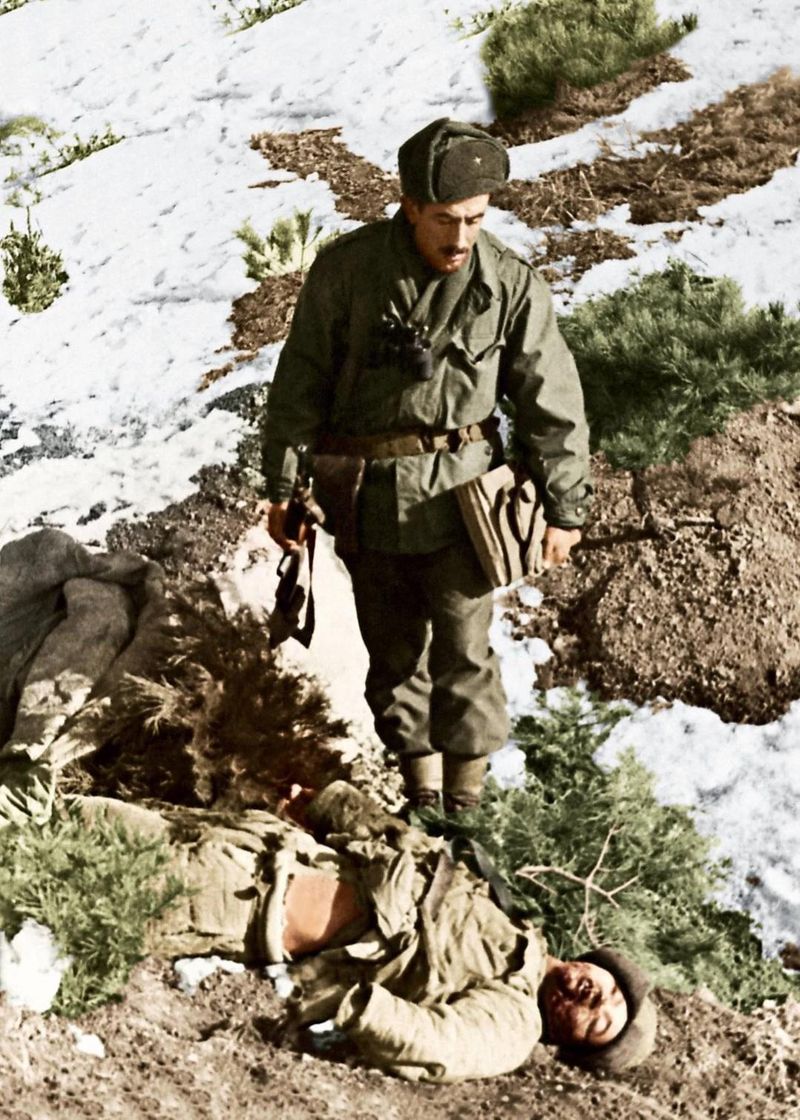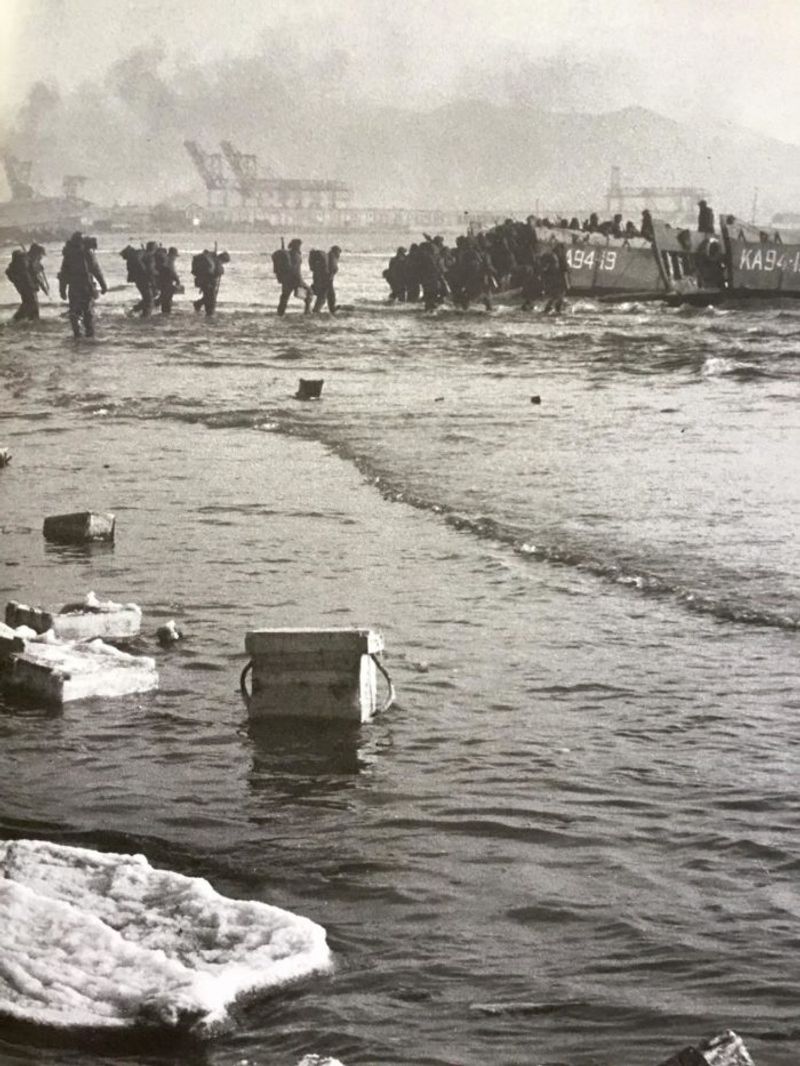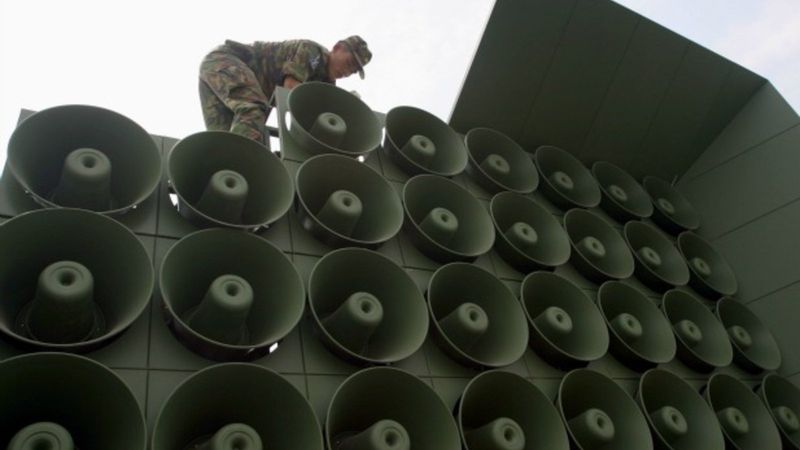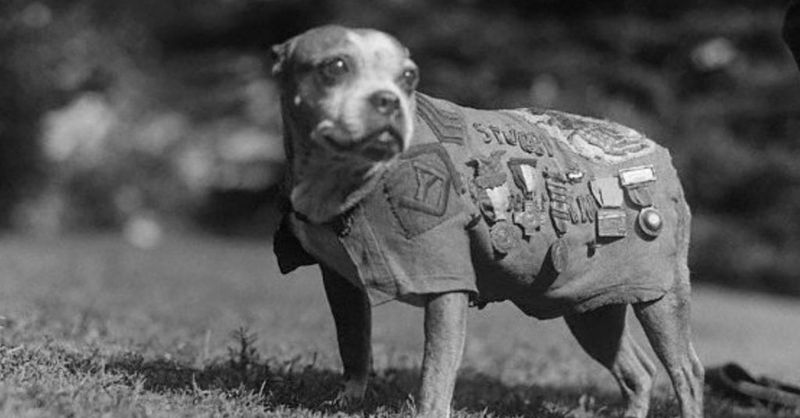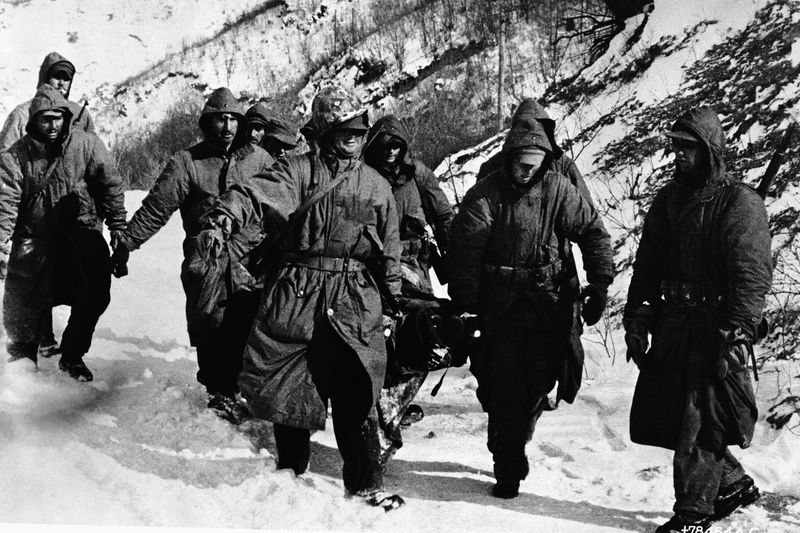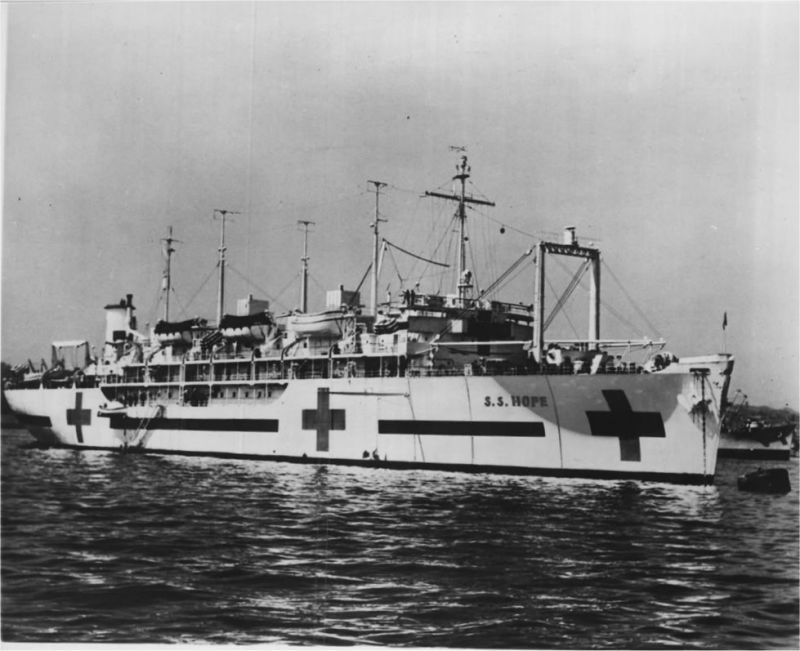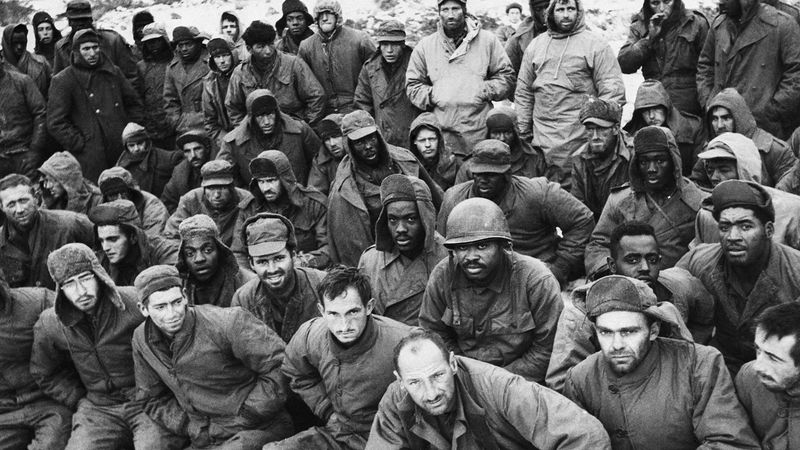The Korean War, often overshadowed by World War II and Vietnam, holds many strange and lesser-known tales. These bizarre stories reveal unique aspects and surprising elements behind the conflict.
1. War Fueled by Ice Cream Cravings
American soldiers during the Korean War were known to crave ice cream intensely. To satisfy these cravings, the U.S. military took the unusual step of constructing mobile ice cream factories. These sweet treats were not merely a luxury but a crucial morale booster for the troops.
This unusual effort underscores the importance of morale in wartime. Soldiers would gather around these mobile factories, enjoying a temporary escape from the harsh realities of war.
2. The “Ghost Ship” of North Korea
The USS Pueblo, an American spy ship captured by North Korea in 1968, has become a curious tourist attraction in Pyongyang. Officially, it remains a commissioned ship of the U.S. Navy, making it a unique symbol of ongoing tensions.
Visitors to Pyongyang can tour the ship, which stands as a testament to Cold War espionage and inter-Korean conflicts. The Pueblo’s capture was a significant international incident, and its current status adds an eerie and bizarre twist to its history.
This ghost ship continues to haunt diplomatic relations between the two nations.
3. Battle of “Pork Chop Hill”
The Battle of “Pork Chop Hill” was one of the fiercest fights during the Korean War. Despite its whimsical name, it was a brutal conflict marked by heavy casualties on both sides. The hill, shaped like a pork chop, became a strategic point.
Soldiers faced grueling conditions, with intense artillery and hand-to-hand combat. The battle’s name belies the grim reality experienced by those who fought there. It remains a poignant reminder of the war’s human cost.
The struggle for Pork Chop Hill exemplifies the war’s often-overlooked battles and sacrifices.
4. Turkey’s Soldiers Fought with Knives
Turkish soldiers gained notoriety during the Korean War for their fearsome close combat skills. Known for charging enemy lines armed only with knives, they inspired both fear and admiration among allies and foes alike.
These soldiers demonstrated exceptional bravery, often engaging in hand-to-hand combat, a rare sight in modern warfare. Their actions were not only a testament to their skill but also their courage under fire.
The Turkish Brigade’s knife charges have become legendary, leaving a lasting impression on the history of the Korean War.
5. Operation Christmas Cargo
Operation Christmas Cargo was a heartwarming initiative during the Korean War, where American forces dropped care packages filled with gifts and supplies to isolated soldiers. This operation took place during Christmas of 1950, aiming to uplift spirits.
The sight of parachutes delivering festive packages brought joy and relief to embattled troops. These packages included food, clothes, and personal items from home, making a significant impact on the soldiers’ morale.
The operation earned its nickname through the holiday spirit it embodied amidst the bleakness of war.
6. Psychological Warfare via Loudspeakers
During the Korean War, psychological warfare took an unusual form with the use of loudspeakers blaring propaganda and unsettling sounds. Both sides employed this tactic to demoralize and confuse enemy troops.
Day and night, massive speakers broadcasted messages and sounds designed to unnerve soldiers. These psychological operations became a crucial and bizarre element of the conflict.
By exploiting fear and uncertainty, this auditory assault left a lasting impact on those who experienced it, highlighting the war’s often-overlooked psychological dimension.
7. Animals in Combat: The War Dog Heroes
War dogs played a critical role during the Korean War, serving as messengers, scouts, and sentries. These canine heroes saved countless lives through their bravery and intelligence.
Trained to detect danger and alert soldiers to enemy presence, these dogs became invaluable assets on the battlefield. Their loyalty and courage earned them decorations and a place in military history.
War dogs’ contributions exemplify the diverse and unexpected roles animals played during the conflict, offering a unique perspective on the war’s human-animal relationships.
8. Weather as a Weapon
The extreme Korean winters became an unexpected adversary during the war, as freezing temperatures proved as lethal as enemy fire. Soldiers faced frostbite and hypothermia, adding to the challenges of combat.
The harsh weather conditions were weaponized, becoming a tactical element that both sides had to contend with. Survival often depended on one’s ability to endure the freezing temperatures.
This chilling aspect of the war underscores the multifaceted threats faced by soldiers and highlights the brutal environment in which they fought.
9. Floating Hospital Ships
Floating hospital ships, such as the USS Consolation, offered a surreal oasis amid the chaos of the Korean War. These ships operated off the coast, providing critical medical care to thousands of soldiers.
Equipped with surgical facilities and medical staff, they treated the wounded with a level of care reminiscent of home. The juxtaposition of a hospital at sea added an unusual layer to wartime experiences.
These vessels symbolize hope and healing, offering solace in the midst of conflict and showcasing the war’s humanitarian efforts.
10. “Brainwashing” POW Myth
The concept of “brainwashing” gained prominence during the Korean War, as returning POWs exhibited surprising loyalty shifts. This phenomenon sparked widespread fear of psychological manipulation.
Reports of coerced confessions and altered loyalties led to the popularization of the term. The idea of brainwashing became a cultural touchpoint, reflecting Cold War-era anxieties.
While often exaggerated, these stories highlighted the complex psychological dynamics at play, offering insight into the war’s far-reaching impact on prisoners and public perception.
